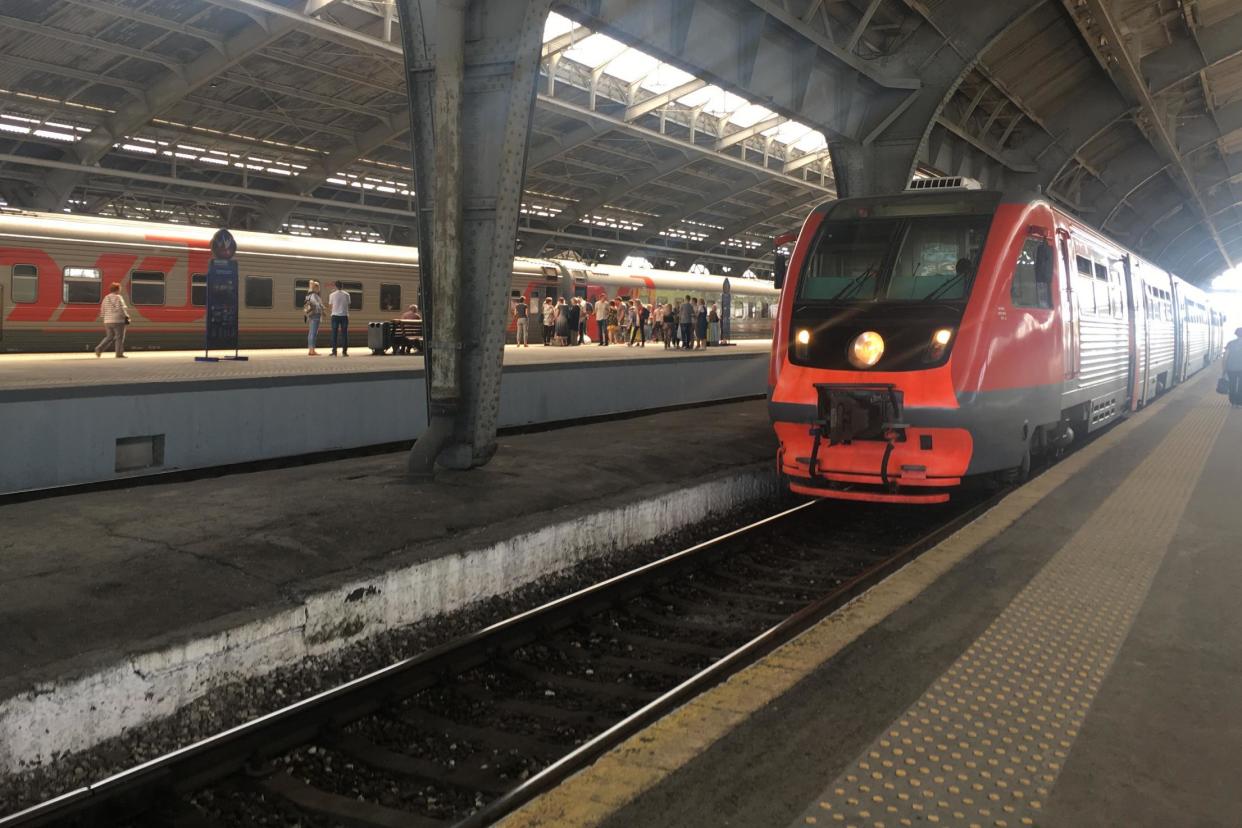Coronavirus ‘corridor trains’ running nonstop to avoid international infection

While Europe reopens its frontiers, some trains have been running without stopping through foreign territory because of fears about infection.
The Russian exclave of Kaliningrad is connected by trains with St Petersburg and Moscow, which normally pass through the Baltic republic of Lithuania. Usually they stop in the capital, Vilnius.
But while Lithuania, along with its Baltic neighbours of Latvia and Estonia, has nearly eliminated Covid-19, in Russia new cases are still running at close to 7,000 per day.
As a result, the trains were required to run nonstop on a 14-hour journey through European Union territory.
They have now temporarily stopped altogether because Belarus, which they also passed through, has blocked the trains from its international lines.
Nicky Gardner, co-author of Europe by Rail: The Definitive Guide, said: “That non-stop run through Lithuania was a nice example, albeit only a temporary one, of what is often called a corridor train.
“That's when a passenger train gets privileged transits through a foreign territory, usually without any stops on the way.”
Europe has many such trains. Ms Gardner and her co-author Susanne Kries have identified another “Covid corridor” for a local train between two towns in the Czech region of Bohemia.
“For some weeks in order to maintain rail service between the two communities of Varnsdorf and Hradek-nad-Nisou, trains relied upon ‘corridor rights' through both Germany and Poland,” said Ms Gardner.
The 27-minute journey is now calling at four intermediate stations in Germany once more – including Zittau, perhaps the most geopolitically confusing station in Europe.
Ms Gardner said: “Trains from the German town of Zittau can head off in any one of four directions. And on all four routes, trains depend on permissive corridor transit rights.”
The line southeast to Liberec in the Czech Republic crosses Polish territory. The line north to Gorlitz in Germany dips in and out of Poland, twice.
The line northwest to Dresden cuts through Czech territory with no stops. The line west to Seifhennersdorf in Germany cuts through Czech territory, with intermediate stops along the way.
Other “corridor trains” remain in active service across Europe.
Every hour, “Railjets” from Vienna and Salzburg to Innsbruck and beyond cut through a 75-mile slice of German territory between Salzburg and Kufstein.
“It's a condition of the corridor that they run with no scheduled stop,” said Ms Gardner.
The Europe by Rail team also point out that the UK is the starting point for one of the oddest “corridor trains”.
The Eurostar train from London St Pancras to Amsterdam runs through the Channel Tunnel then nonstop through French territory to Brussels.
“Passengers boarding at St Pancras are required to satisfy French immigration regulations, even though they will dash through France without stopping,” explained Ms Gardner.
“Travellers from ‘third countries’ such which are neither in the EU nor in Schengen thus receive a French passport stamp. It is applied on British soil to the passport of a traveller who has no intention of even stopping in France.
“That, surely, is a bizarre oddity which makes the regular corridor train seem elegantly simple by comparison.”
Read more
Europe’s cheapest rail ticket: €1 for 188 miles from France to Spain
We need to talk about rail fares: this is a good time to bury bad news
National Rail to release ‘busy station’ alerts to prevent overcrowding
Rail services set to increase this month as lockdown measures eased


